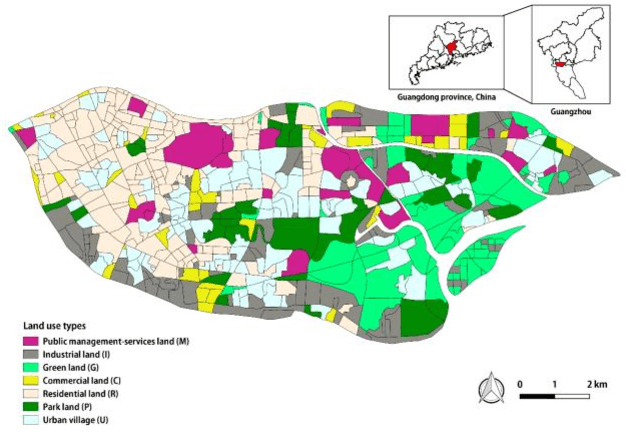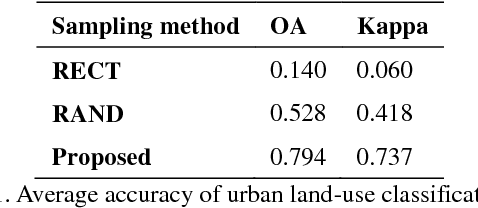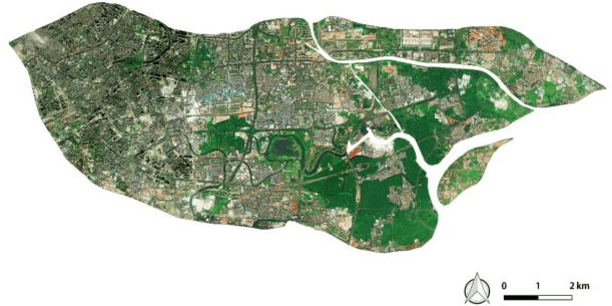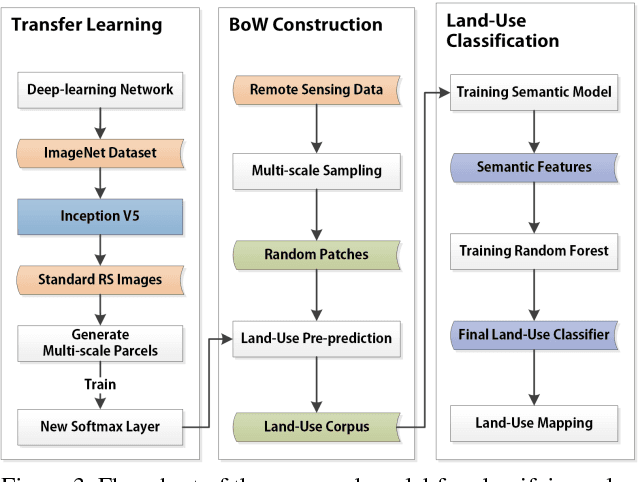Haolin Liang
Sensing Urban Land-Use Patterns By Integrating Google Tensorflow And Scene-Classification Models
Aug 04, 2017



Abstract:With the rapid progress of China's urbanization, research on the automatic detection of land-use patterns in Chinese cities is of substantial importance. Deep learning is an effective method to extract image features. To take advantage of the deep-learning method in detecting urban land-use patterns, we applied a transfer-learning-based remote-sensing image approach to extract and classify features. Using the Google Tensorflow framework, a powerful convolution neural network (CNN) library was created. First, the transferred model was previously trained on ImageNet, one of the largest object-image data sets, to fully develop the model's ability to generate feature vectors of standard remote-sensing land-cover data sets (UC Merced and WHU-SIRI). Then, a random-forest-based classifier was constructed and trained on these generated vectors to classify the actual urban land-use pattern on the scale of traffic analysis zones (TAZs). To avoid the multi-scale effect of remote-sensing imagery, a large random patch (LRP) method was used. The proposed method could efficiently obtain acceptable accuracy (OA = 0.794, Kappa = 0.737) for the study area. In addition, the results show that the proposed method can effectively overcome the multi-scale effect that occurs in urban land-use classification at the irregular land-parcel level. The proposed method can help planners monitor dynamic urban land use and evaluate the impact of urban-planning schemes.
 Add to Chrome
Add to Chrome Add to Firefox
Add to Firefox Add to Edge
Add to Edge